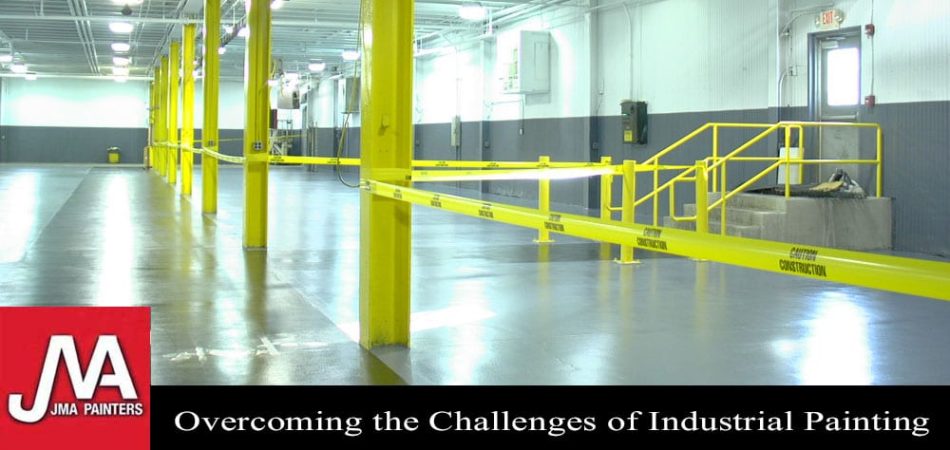
Lafayette 337-329-8445
New Orleans 504-229-2083

Lafayette 337-329-8445
New Orleans 504-229-2083

An industrial painter’s work sometimes takes him or her into some tight spaces. Beyond the understandable feelings of claustrophobia that come with confined space work, there are some serious hazards to crews that must be understood, and trained for, before confined space work is undertaken. Some of the industrial painting jobs that most commonly involve painting in tight spaces are storage tanks, pipelines, penstocks, water towers and railroad tank cars.
Confined spaces vary in type and dimension, but are described by SSPC as “large enough and so configured that an employee can enter and perform assigned work; having limited or restricted means for entry; and not designed for continuous occupancy.”
Because of the many challenges, painters enlisted to work in confined spaces should have the proper credentials. To receive a QP 1 certification for the painting of complex structures, contractors must have in place and be able to execute a plan for working in confined spaces.
The materials left behind in a confined space, like a pipeline, can leave behind vapors that are dangerous in large enough concentrations. These vapors often collect in the bottom of tanks and, in the absence of detection equipment, emit no obvious signs of their presence. To protect against exposure to these vapors, crews should measure the air quality with a multi-gas monitor before entering a confined space. This monitor should be capable of reading oxygen levels and detecting flammable or otherwise toxic substances. Measurements should be taken each time before entering and should be continuously monitored in most cases.
Even when there are no preexisting chemicals present in the confined space, the products industrial painters use can be the source of dangerous byproducts. Solvent-based paints are often flammable or emit vapors that are hazardous when densely concentrated. High or 100 percent solids products should be used when possible, and detailed procedures for reducing fire hazards should always be followed. Water-based, low-VOC products make very good substitutes. This substitution of a more dangerous product for a less dangerous one is an important part of the hierarchy of controls in the safety pyramid.
Evaporating solvents produce vapors that make ventilation in confined spaces a major concern. Crews spending long periods in confined spaces should wear the proper protective equipment. Air-supplied respirator hoods should be worn in addition to having a well-designed ventilation system in place. This ventilation system should ensure a fresh supply of air is continuously circulating throughout the space. The proper number of air exchanges per hour will depend on the volume of the space and the coating system being used.
The most thorough way to eliminate the hazards associated with working in confined spaces is to design the work in such a way that crews never need to enter the confined space. This may seem obvious, but it’s important. Eliminating risks forms the foundation of safety.
At JMA Painters, we understand the complexities and dangers of industrial painting in confined spaces. Our highly trained and certified team ensures safety and quality in every project. Contact us today to learn how we can help with your industrial painting needs!